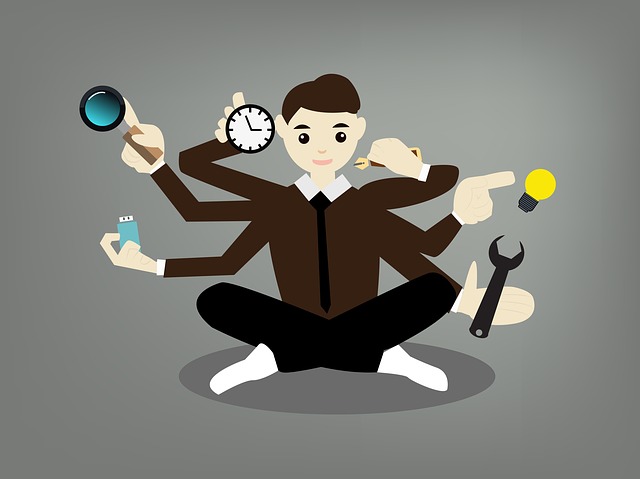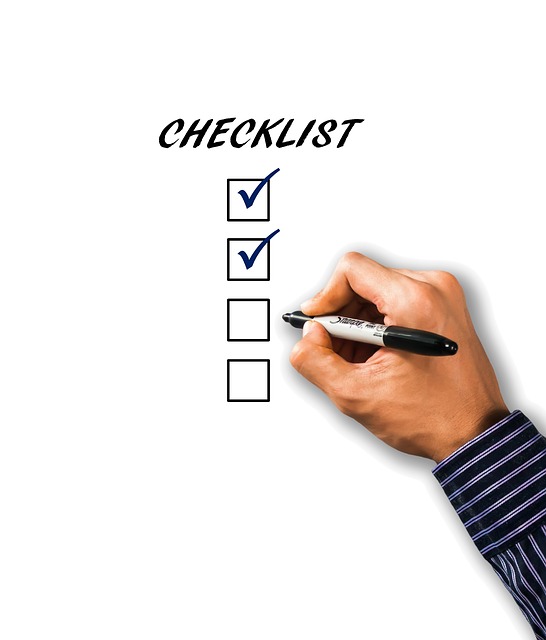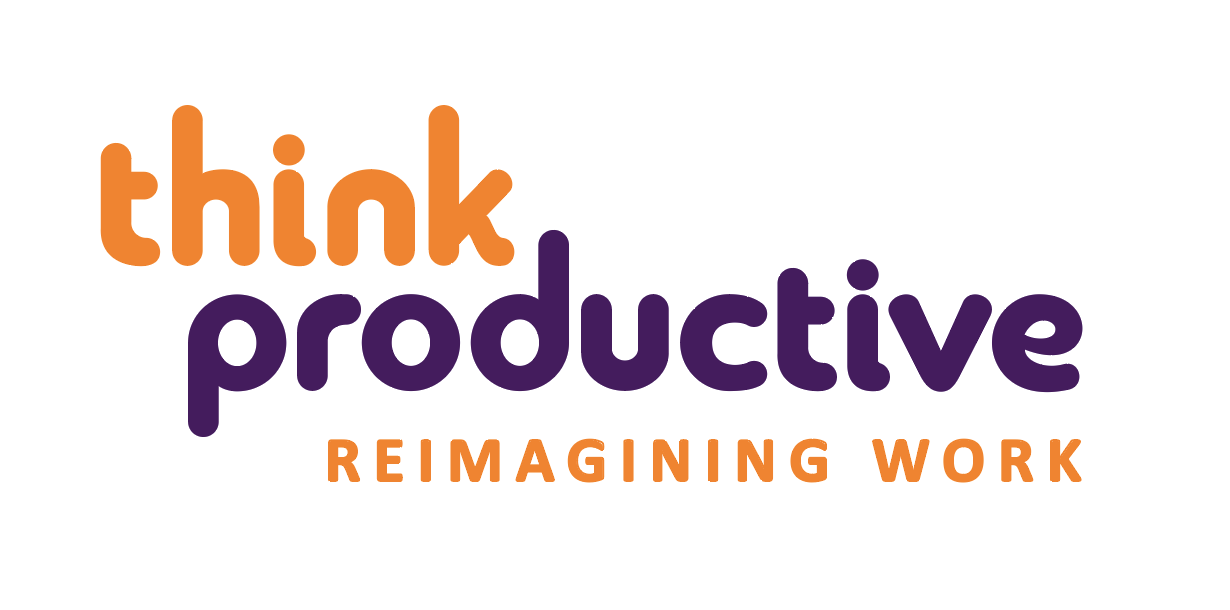Multitasking is a fad that the corporate world wants to see in their employees. But research has proven that multitasking is only a myth that people cannot accomplish effectively. As Productivity Ninjas know, the human brain is simply not made for multitasking and can process only one task at a time. So, what are the ways in which you can avoid multitasking and follow a structured approach to managing your work?

Know Yourself
Based on the way you manage your time, you can either be a delayer, a perfectionist or an unfocused type of person. If you are a delayer, you are one of those who love to delay important tasks due to a variety of reasons – basically a procrastinator. As a perfectionist, you are obsessed with being perfect in everything you do, and you never finish a task until you believe it is just right. Finally, as an unfocused character, you are easily distracted by numerous tasks that give you immediate gratification. If you feel that you are one of these personality types, then you need to recognize the signs and learn how to change your behavior and beat bad habits.
Productivity Tools
There are numerous productivity tools available to assist you in applying a structured technique to your working habits. Evernote is an app that you can download onto an iOS, Android or Windows platform. It can help you create tasks and set reminders which can be ticked off once you have completed the task. Similarly, OneNote is another productivity tool that helps you manage your tasks effectively. For example, if you have attended a meeting, you can write the minutes of the meeting and use OneNote to mark out tasks and deadlines for a particular project. OneNote has an interface with Microsoft Outlook which makes it easier to tick off the tasks that you have completed.

Our Productivity Ninjas have tested various other Productivity Apps which might help you keep your focus on one thing only.
Track Your Time
Keeping track of the time you spend on your tasks helps you to identify the tasks on which you dedicate more or less time to. If you combine this with the Eisenhower Matrix, you have a powerful tool to help you avoid multitasking and allows you to focus on one task at a time. Review how much time you spend on what and get a clearer picture of where you need to improve and where you’re potentially wasting time. We can also help you identify this and find solutions in one of our Time Management Workshops.

Follow The Two-Minute Rule
Recommended by entrepreneur Steve Olenski, this rule states that if you have a small window of opportunity of two minutes or less to complete a very simple task, then you should do it immediately. Rather than having it earmarked for a later date, doing it immediately will take much less time and you can become more productive.
We often talk about this in our Email Training, to avoid your inbox from overfilling, but this obviously also applies to other aspects of your work.

Say ‘No’ To Meetings
The ability to say no is crucial, especially if you must attend meetings. Whilst some can be important, others are only a waste of time and represent the most unproductive part of your work schedule. When you are tempted to accept a meeting, pause and consider if it is worth dedicating time to. If you can accomplish the same objective via email or chat, then you will become more productive.
A good indication of a useless meeting is if you find yourself sat in a meeting checking your emails or doing something completely different – therefore spending more time multitasking than actually listening and contributing to the meetings. So, next time just politely decline the invitation and concentrate on another task instead. If your team seems to have lots of useless meetings and you’re really struggling to make your meetings more productive, you should have a look at our Facilitation Training.
By Jenny Holy
Jenny is one of Think Productive’s great Freelance Writers.
